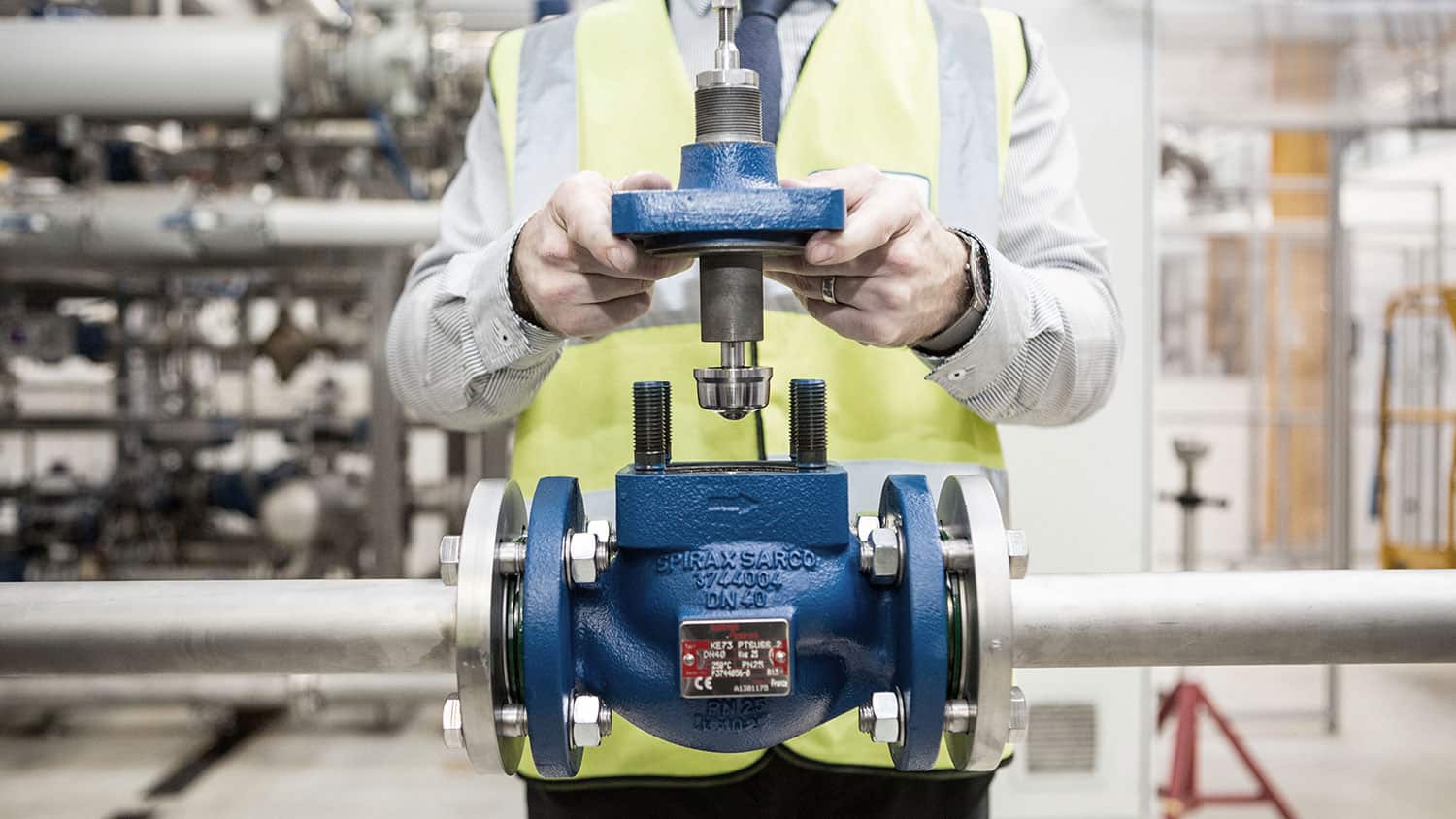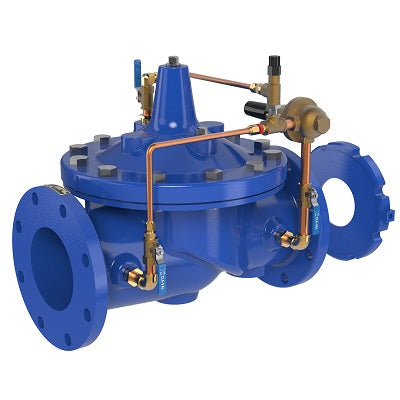Achieve Seamless Integration and Control With Quality Building Automation Controls
In the world of modern-day building administration, the value of top quality building automation controls can not be overstated. As technology remains to advance, the assimilation and control of different systems within a building have advanced to be more efficient and innovative. The smooth procedure and surveillance of lighting, HVAC, safety and security, and other structure functions have actually ended up being paramount for enhancing owner convenience, energy performance, and overall operational efficiency. Nevertheless, the trip towards achieving true integration and control is a diverse one, with considerations varying from system compatibility to cybersecurity. Welcoming top quality structure automation controls is not just an issue of comfort however a tactical imperative for companies aiming to maximize their centers' performance and sustainability.

Development of Structure Automation Controls
Throughout the previous couple of decades, the advancement of developing automation controls has dramatically changed the way buildings are handled and run. Building automation systems mainly focused on standard features such as managing ventilation, air, and heating conditioning (HEATING AND COOLING) systems. As technology advanced, these controls have come to be much more innovative, allowing for a bigger variety of structure systems to be integrated and handled centrally.
The evolution of developing automation controls has actually seen a shift in the direction of even more smart systems that can adjust to changing conditions in real-time. This versatility is crucial for enhancing energy effectiveness and ensuring resident convenience. In addition, modern-day structure automation controls now supply functions such as predictive upkeep, remote surveillance, and data analytics, enabling center supervisors to make data-driven choices to improve structure performance.

Advantages of Top Quality Combination
The innovation in structure automation manages in the direction of even more smart systems has actually highlighted the significant benefits of top quality assimilation in enhancing structure procedures and boosting overall efficiency. Quality integration of developing automation controls uses numerous key benefits. First of all, it causes improved power effectiveness by allowing different systems to function together flawlessly, making certain optimum efficiency and decreasing energy waste. Second of all, high quality combination boosts occupant comfort and productivity by enabling individualized control over ecological setups like temperature, air, and illumination quality. This personalization can bring about a much more comfortable and favorable working or living environment. Furthermore, quality combination simplifies upkeep and fixing procedures, as all systems are interconnected and can be kept an eye on and controlled from a centralized user interface. This centralized control likewise provides much better presence and understandings into structure performance, allowing proactive upkeep and optimization approaches. Overall, the advantages of quality integration in building automation controls are indisputable, offering raised efficiency, convenience, and functional efficiency.
Enhanced User Experience and Access
Enhancing customer interaction with building automation controls via intuitive style and improved availability raises the general experience for occupants and facility supervisors alike. By concentrating on individual experience, building automation systems can become more efficient and user-friendly. Intuitive user interfaces, clear navigating, and adjustable setups equip users to engage with the controls quickly and successfully.
Accessibility attributes play a crucial role in ensuring that all individuals, including those with specials needs, can utilize the building automation regulates effortlessly. Including functions such as voice commands, tactile buttons, and color-contrasted displays can boost access and make the controls a lot more inclusive.
In addition, boosted user experience leads to greater customer contentment, boosted productivity, and far better decision-making. Passengers can change ecological settings according to their choices, while center managers can successfully take care of and check building systems - control valves. On the whole, focusing on customer experience and ease of access in building automation regulates adds to an extra effective and smooth structure setting for all stakeholders involved
Sustainable Practices Through Automation

In addition, automation can help with the combination of renewable power resources such as solar panels or wind turbines into structure operations. By automatically readjusting power usage based on the accessibility of renewable resource, structures can further minimize their reliance on non-renewable sources. This smooth integration of lasting methods not just profits the environment but likewise enhances the general operational effectiveness and cost-effectiveness of the building. Through automation, structures can line up with modern sustainability goals and add to a greener future.
Future Trends in Building Control Systems
In expectancy of progressing technologies and progressing sustainability methods, the trajectory of structure control systems is positioned to embrace transformative methods and ingenious solutions. One popular pattern shaping the future of structure control systems is the increased assimilation of Artificial Intelligence (AI) and artificial intelligence. These innovations make it possible for structures to adapt in real-time to changing problems, enhancing energy usage and improving comfort for owners. Additionally, the Net of Things (IoT) is changing structure control systems by attaching sensing units and tools to improve and improve browse around here procedures performance.
An additional why not check here crucial trend is the focus on cybersecurity actions to secure versus potential hazards to building automation systems. As buildings come to be a lot more interconnected, ensuring robust cybersecurity methods will be vital to secure sensitive data and protect against unapproved gain access to.
Moreover, the shift towards cloud-based systems is getting energy, enabling streamlined control and remote accessibility to structure systems. This assists in easier tracking, upkeep, and updates, boosting the overall efficiency and adaptability of structure control systems. As technology remains to advance, these patterns are anticipated to form the future landscape of structure automation controls, driving technology and sustainability in the developed setting.
Conclusion
In conclusion, developing automation controls have advanced significantly, using various advantages such as enhanced individual experience, accessibility, and sustainable techniques. Quality integration plays an essential role in achieving seamless control and effective procedure of building systems. Future trends in building control systems are most likely to focus on additional improving automation capabilities for improved energy efficiency and overall efficiency. It is important for building proprietors and operators to focus on the fostering of high quality building automation controls to optimize structure operations check out here and achieve long-term sustainability goals.
In the realm of contemporary building monitoring, the value of top quality structure automation controls can not be overemphasized. Generally, the development of building automation manages proceeds to drive technology in the building management sector, providing brand-new possibilities for developing smarter and much more lasting structures.
The innovation in building automation regulates towards even more smart systems has underscored the considerable benefits of top quality combination in enhancing structure operations and boosting overall performance. Generally, prioritizing individual experience and accessibility in structure automation manages adds to a more effective and seamless structure setting for all stakeholders involved.
It is crucial for building proprietors and operators to prioritize the fostering of quality building automation regulates to maximize structure procedures and achieve long-lasting sustainability objectives. - control valves